Prosecutors say Kazakhstan unrest has left ‘225 people dead’
Kazakh authorities say the recent “foreign-backed” violence has left at least 225 people dead across the oil-rich Central Asian country.
Mass protests began in Kazakhstan’s western province of Mangistau in early January after the government decided to lift price controls on liquefied petroleum gas (LPG) — a move that roughly doubled gas prices in a matter of days.
The protests spiraled into unprecedented clashes between security forces and protesters and prompted President Kassym-Jomart Tokayev to declare a state of emergency and call in help from a Russia-led military alliance.
Authorities said earlier this week that life had returned to normal in the country’s main city and former capital, Almaty.
"During the state of emergency, the bodies of 225 people were delivered to morgues, of which 19 were law enforcement officers and military personnel," Serik Shalabayev, a representative of the state prosecutor, said on Saturday. Others were "armed bandits who participated in terrorist attacks," Shalabayev said. “Unfortunately, civilians have also become victims of acts of terrorism.”
A spokeswoman for the health ministry, Asel Artakshinova, said more than 2,600 people had sought treatment at hospitals. He said 67 people are currently in a serious condition.
Kazakhstan had previously reported fewer than 50 fatalities, including 26 "armed criminals" and 18 security officers.
Kazakhstan is a major oil and uranium producer. Authorities have said the unrest is foreign-backed and aims to "undermine the security and integrity of the state by force, using trained and organized armed formations."
The country is on the crossroads of China’s $1.5 trillion Belt and Road Initiative that has won over the support of developing countries all over the world, but ruffled feathers in the West, which has been searching for an alternative. The Central Asian country is also part of the China-led eight-member bloc, the Shanghai Cooperation Organization (SCO), which includes Iran, Russia, India and Pakistan.
The unrest is seen as an attempt by foreign parties to provoke “color revolutions” in the ex-Soviet country, modeled on the “Rose Revolution” in Georgia and the “Orange Revolution” in Ukraine, which Russia has blamed on the West.
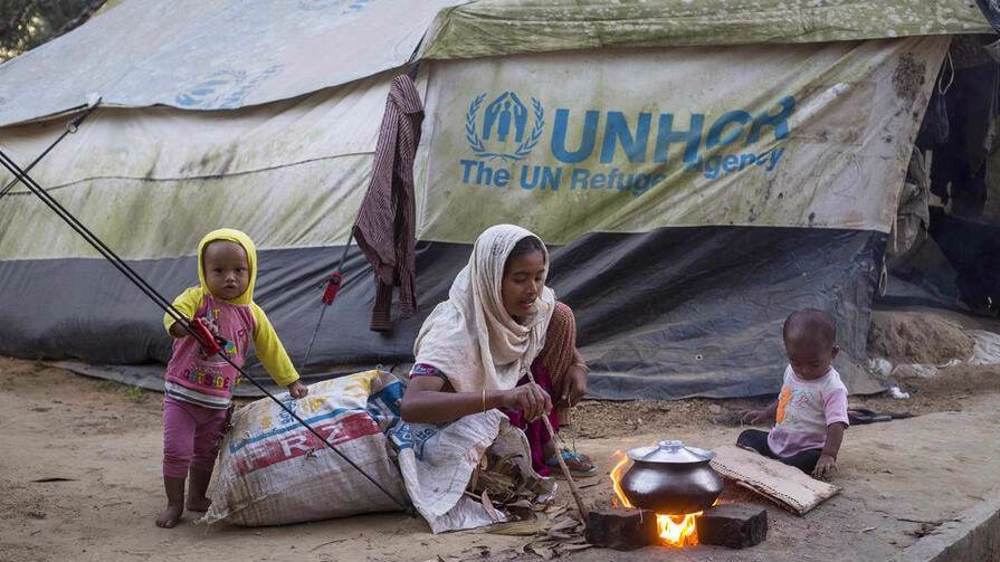
Hunger, disease loom for Rohingya refugees in Bangladesh amid Trump's aid cuts: UN
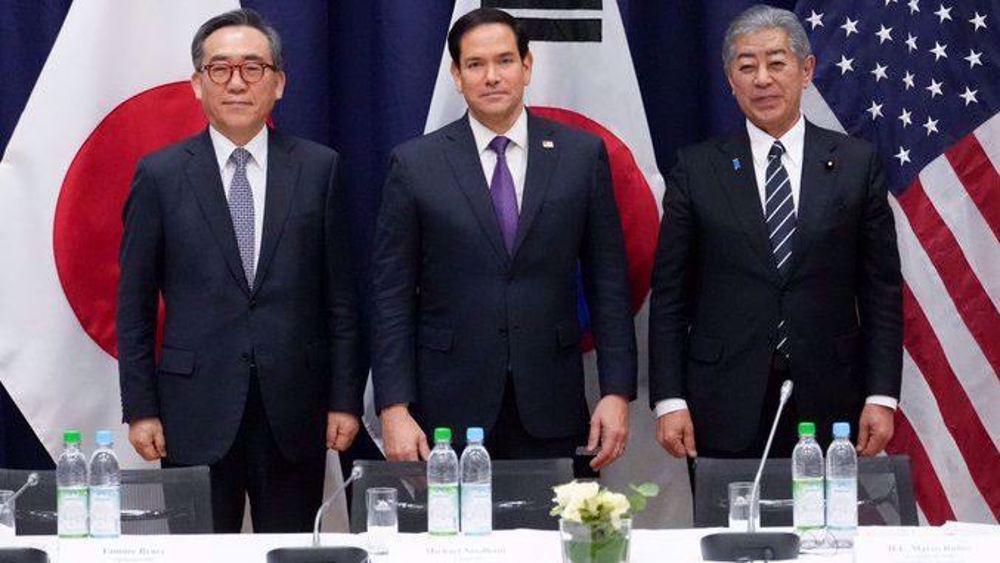
US, Japan, S Korea renew calls for ‘complete denuclearisation’ of North Korea
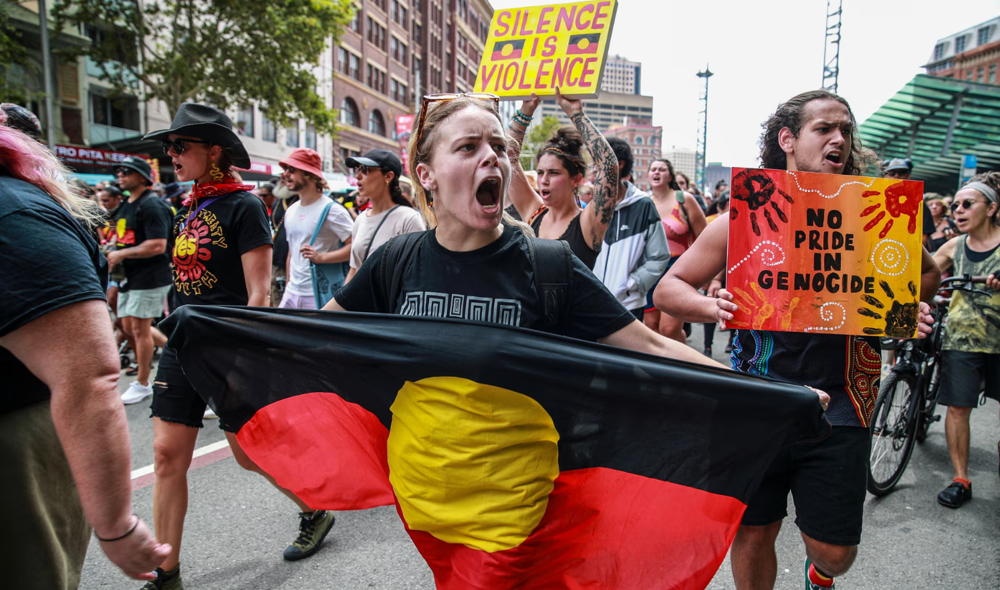
Indigenous rights activists rally on Australia Day to protest British colonization legacy
UN experts: Israel again 'weaponising starvation' in Gaza
UNRWA: Israel's West Bank aggression aligns with annexation 'vision'
VIDEO | Destruction of Barquq Castle in Khan Younis
VIDEO | Gaza ceasefire has stalled, and Trump's warnings
Syrian regime declares curfews in several regions
Sudan takes UAE to UN court over 'complicity in genocide'
Trump's threats will embolden Israel to ignore ceasefire: Hamas
Hamas ready for 'all possibilities' after 'last warning' by Trump


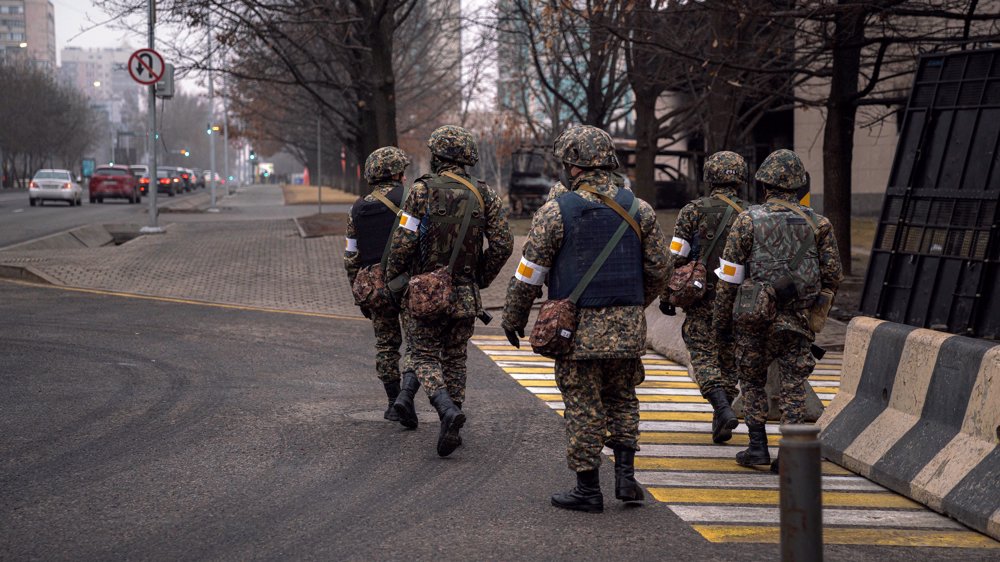




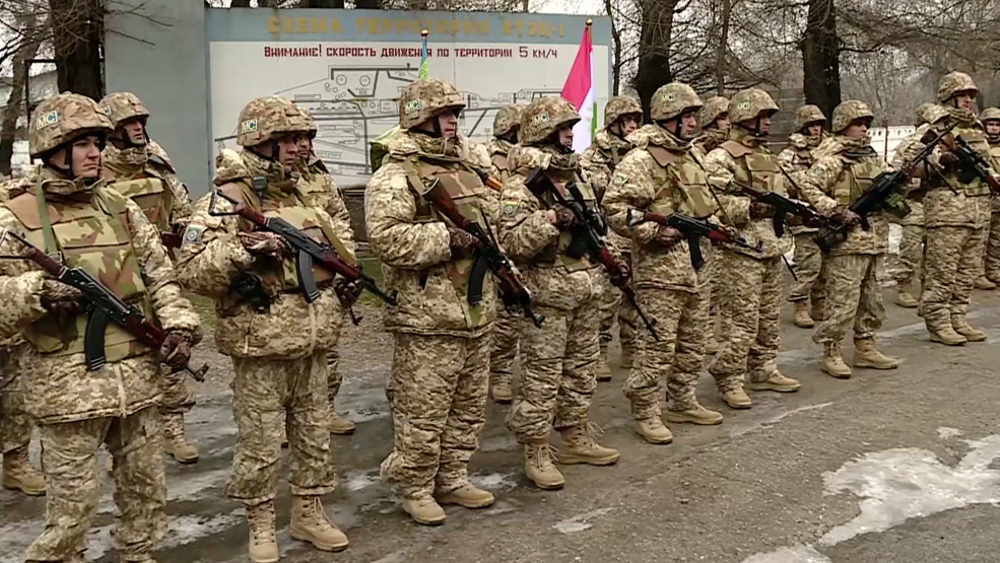
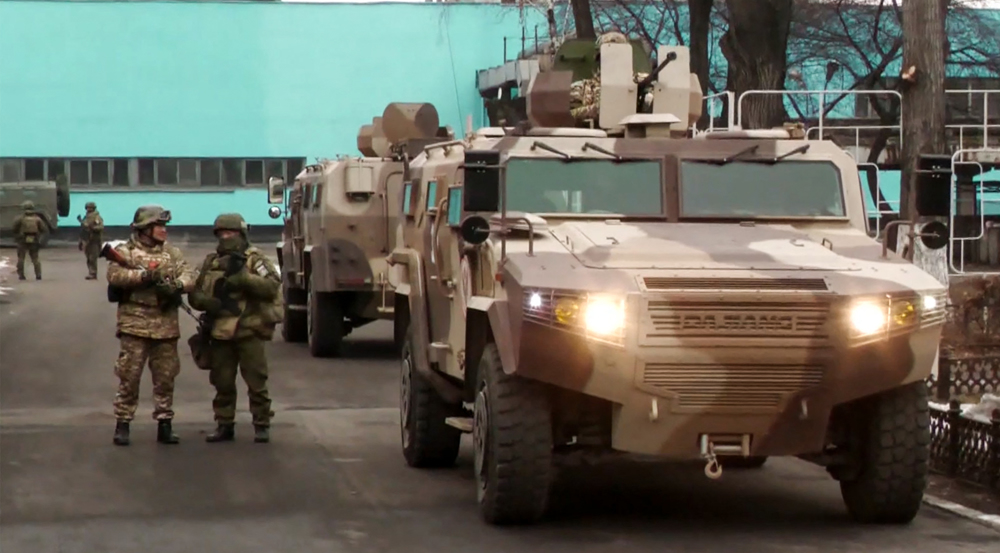

 This makes it easy to access the Press TV website
This makes it easy to access the Press TV website